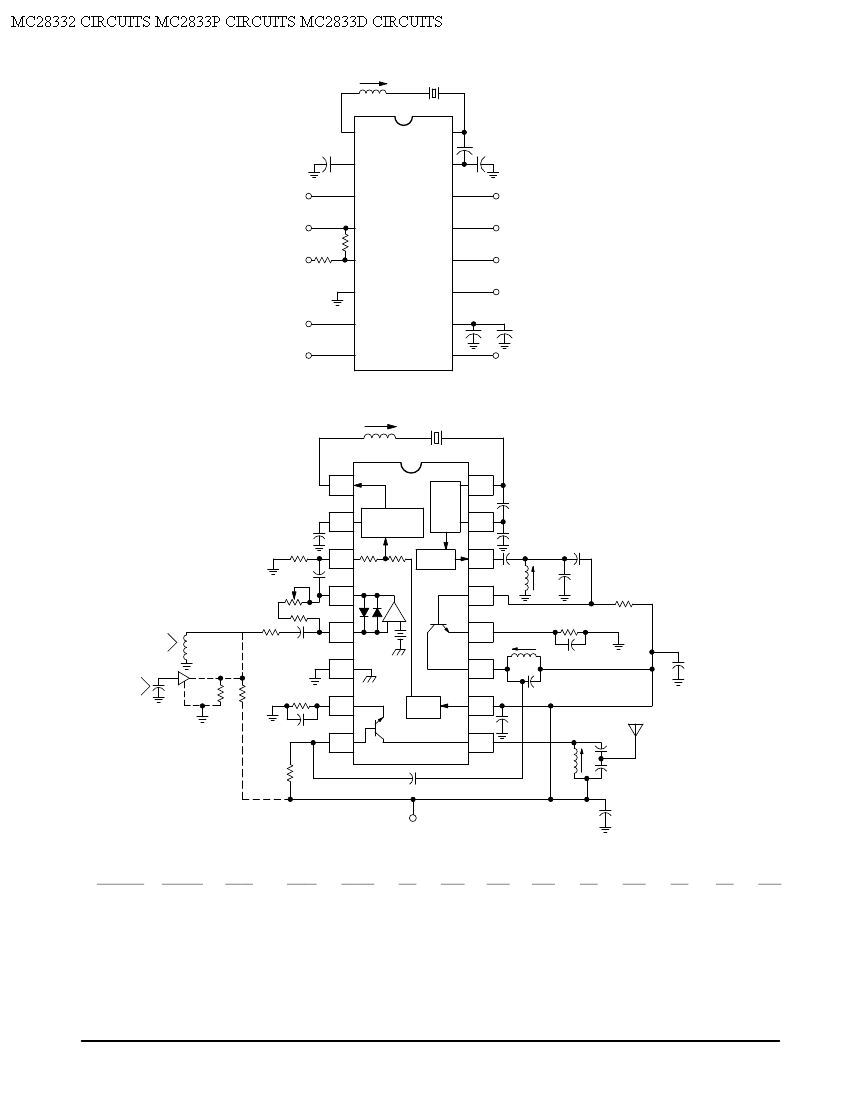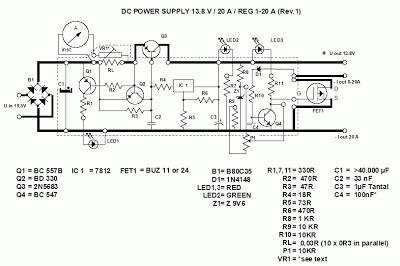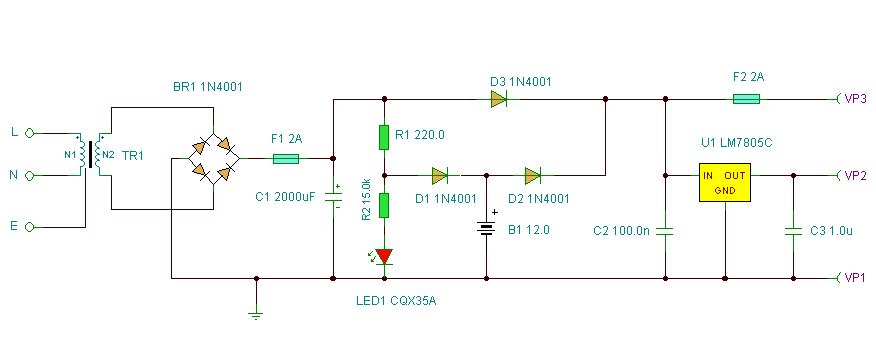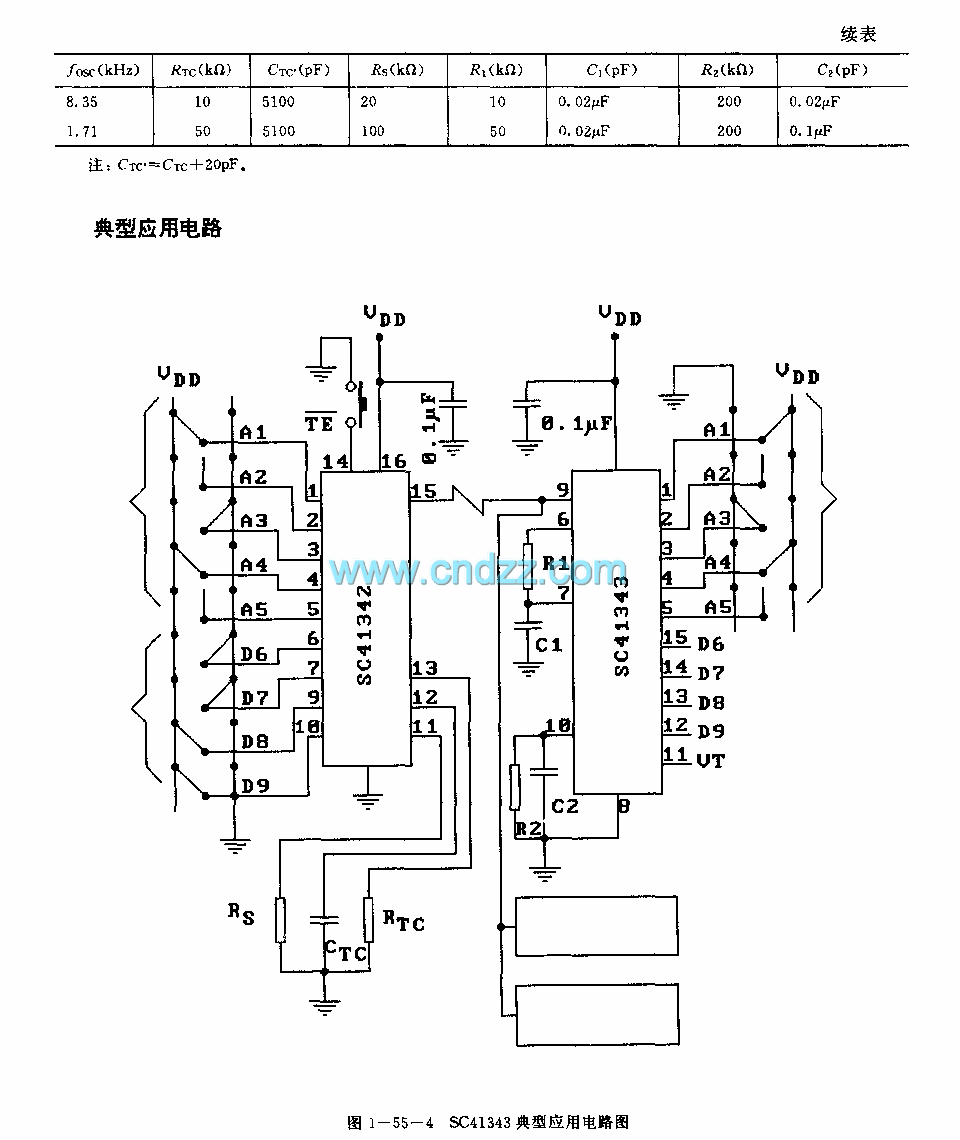
Schematic Diagram Basic Levitation and Magnetic Levitation Circuit Project

This optodetector measures the position of the ball by the amount of light transmitted by the infrared LED. It generates a linear signal across the small area of the detector, rather than simply providing an "on" or "off" output. The circuit creates a control signal based on the outputs of two optodetectors, calculating the difference between the two input voltages and amplifying it to determine the ball's position. This stage is often referred to as a comparator. The circuit amplifies the control signal in preparation for the power output transistor. This amplification stage is necessary because the entire signal is reduced by one-ninth in the speed-plus-position circuit. The perpetual top levitation toy operates by continuously spinning, with the challenge being to understand its driving mechanism. The top is constructed from plastic and contains a small permanent magnet embedded within it, oriented perpendicular to the spin axis. The base of the toy includes a transistor and a coil with two windings, powered by a 9-volt power supply. When one pole of the magnet (for example, the south pole) approaches the coil, a current is induced in winding A, causing the base of the NPN transistor to become positive. This results in emitter-collector current flowing through winding B, but in the opposite direction to that of A. The current through winding B is greater than that through A due to the transistor's amplification, which, according to Lenz's law, causes the magnet pole to be attracted to the coil. This circuit functions as a simple magnetic levitator, suspending objects at a predetermined distance below the electromagnet. The underlying physics relies on providing a magnetic force that is equal and opposite to the gravitational force acting on the object, thus allowing the two forces to cancel each other out and keeping the object suspended. This is achieved through a circuit that reduces the electromagnet's force when an object approaches too closely and increases it when the object is out of range. The electronics board circuitry may be of interest to students utilizing the Levitation/Critical Temperature kit, as individual circuit functions can be analyzed based on the following explanations. Operational amplifiers (op-amps) are characterized by two nearly ideal properties that enable a wide range of applications: 1) high impedance between the non-inverting and inverting inputs, and 2) high open-loop gain. Typically, these properties can be assumed to be infinite. Infinite impedance ensures no current flows between the inputs, while infinite gain means that negative feedback will drive the voltage difference between inputs to zero. Various circuits can be analyzed using these two properties along with Ohm's law.
The optodetector circuit is designed to provide precise measurements of the ball's position by detecting variations in light intensity emitted by an infrared LED. The linear output from the detector allows for a more nuanced control signal compared to binary outputs. The comparator stage is crucial for determining the positional difference between the two optodetectors, which is then amplified to ensure sufficient signal strength for the subsequent stages.
In the context of the levitation toy, the integration of a permanent magnet and the electromagnetic coil creates a feedback loop that dynamically adjusts the magnetic force based on the ball's position. The NPN transistor acts as a key component in this feedback mechanism, allowing for rapid adjustments in current flow through the coil, thereby ensuring stable levitation. The use of a 9-volt power supply is essential for providing the necessary energy to drive the coil and maintain the magnetic field.
The circuit's ability to modulate the magnetic force in response to the ball's position is a practical application of feedback control systems, where the operational amplifiers play a vital role in maintaining stability and precision. By leveraging the high impedance and gain characteristics of op-amps, the circuit can effectively minimize errors and ensure that the levitation system operates smoothly. The overall design exemplifies the principles of electromagnetism and control theory, making it an educational tool for demonstrating fundamental concepts in electronics and physics.This optodetector measures the position of the ball by the amount of light transmitted by the infrared LED. This is a linear signal across the small area of the detector - it is not just "on" and "off". This circuit creates a control signal from the two optodetectors. It finds the difference between the two input voltages and amplifies it to get the ball`s position. This stage is often called a comparator. This circuit amplifies the control signal in preparation for the power output transistor. Why do we need this stage at all Because we reduced the whole signal by one-ninth in the speed-plus-position circuit. The point of the perpetual top levitation toy is simply that it continues spinning forever, and the challenge is to understand the driving mechanism.
The top is made of plastic, and contains embedded in it a small permanent magnet, oriented perpendicular to the spin axis of the top. The base contains a transistor and a coil with two windings, the assembly being driven by a 9-volt power supply.
A schematic of the electrical circuit is shown in the figure. As one pole of the magnet (say the south pole) approaches the coil, a current in induced in winding A, in such a direction as to make the base of the transistor (an NPN) go positive. That makes the emitter-collector current flow through winding B, in the opposite direction to A. The current through B is larger than that of A (due to the amplification of the transistor), so by Lenz`s law the magnet pole will be attracted to the coil.
This is a simple magnetic levitator circuit which suspends objects a set distance below an electromagnet. The physics behind it is to simply provide a magnetic force which equal and opposite to the gravitational force on the object.
The two forces cancel and the object remains suspended. Practically this is done by a circuit which reduces electromagnet force when an object gets to close, and increases it when the object is out of range. Operation of the electronics Board circuitry may be of interest to some students who use the Levitation/Critical Temperature kit.
Individual circuit functions may be understood and analyzed from the following explanations. Operational amplifiers (op amps) are characterized by two nearly ideal properties, which lead to a wide variety of applications. These properties are 1) high impedance between the non-inverting and inverting inputs and 2) high open loop gain.
Usually, both of these may be assumed to be infinite. Infinite impedance means no current flows between inputs, and infinite gain means that negative feedback will drive input voltage difference to zero. A variety of circuits can be analyzed using these two properties and Ohm`s law. 🔗 External reference
The optodetector circuit is designed to provide precise measurements of the ball's position by detecting variations in light intensity emitted by an infrared LED. The linear output from the detector allows for a more nuanced control signal compared to binary outputs. The comparator stage is crucial for determining the positional difference between the two optodetectors, which is then amplified to ensure sufficient signal strength for the subsequent stages.
In the context of the levitation toy, the integration of a permanent magnet and the electromagnetic coil creates a feedback loop that dynamically adjusts the magnetic force based on the ball's position. The NPN transistor acts as a key component in this feedback mechanism, allowing for rapid adjustments in current flow through the coil, thereby ensuring stable levitation. The use of a 9-volt power supply is essential for providing the necessary energy to drive the coil and maintain the magnetic field.
The circuit's ability to modulate the magnetic force in response to the ball's position is a practical application of feedback control systems, where the operational amplifiers play a vital role in maintaining stability and precision. By leveraging the high impedance and gain characteristics of op-amps, the circuit can effectively minimize errors and ensure that the levitation system operates smoothly. The overall design exemplifies the principles of electromagnetism and control theory, making it an educational tool for demonstrating fundamental concepts in electronics and physics.This optodetector measures the position of the ball by the amount of light transmitted by the infrared LED. This is a linear signal across the small area of the detector - it is not just "on" and "off". This circuit creates a control signal from the two optodetectors. It finds the difference between the two input voltages and amplifies it to get the ball`s position. This stage is often called a comparator. This circuit amplifies the control signal in preparation for the power output transistor. Why do we need this stage at all Because we reduced the whole signal by one-ninth in the speed-plus-position circuit. The point of the perpetual top levitation toy is simply that it continues spinning forever, and the challenge is to understand the driving mechanism.
The top is made of plastic, and contains embedded in it a small permanent magnet, oriented perpendicular to the spin axis of the top. The base contains a transistor and a coil with two windings, the assembly being driven by a 9-volt power supply.
A schematic of the electrical circuit is shown in the figure. As one pole of the magnet (say the south pole) approaches the coil, a current in induced in winding A, in such a direction as to make the base of the transistor (an NPN) go positive. That makes the emitter-collector current flow through winding B, in the opposite direction to A. The current through B is larger than that of A (due to the amplification of the transistor), so by Lenz`s law the magnet pole will be attracted to the coil.
This is a simple magnetic levitator circuit which suspends objects a set distance below an electromagnet. The physics behind it is to simply provide a magnetic force which equal and opposite to the gravitational force on the object.
The two forces cancel and the object remains suspended. Practically this is done by a circuit which reduces electromagnet force when an object gets to close, and increases it when the object is out of range. Operation of the electronics Board circuitry may be of interest to some students who use the Levitation/Critical Temperature kit.
Individual circuit functions may be understood and analyzed from the following explanations. Operational amplifiers (op amps) are characterized by two nearly ideal properties, which lead to a wide variety of applications. These properties are 1) high impedance between the non-inverting and inverting inputs and 2) high open loop gain.
Usually, both of these may be assumed to be infinite. Infinite impedance means no current flows between inputs, and infinite gain means that negative feedback will drive input voltage difference to zero. A variety of circuits can be analyzed using these two properties and Ohm`s law. 🔗 External reference





